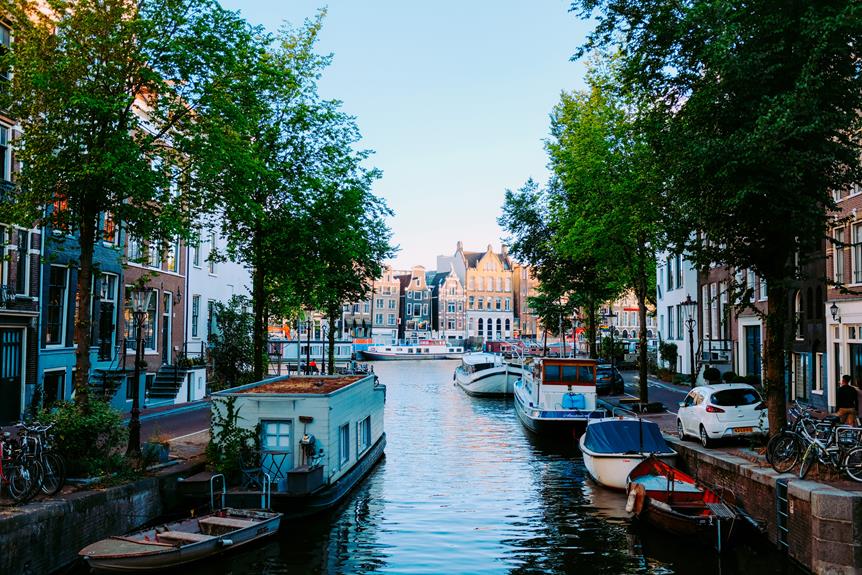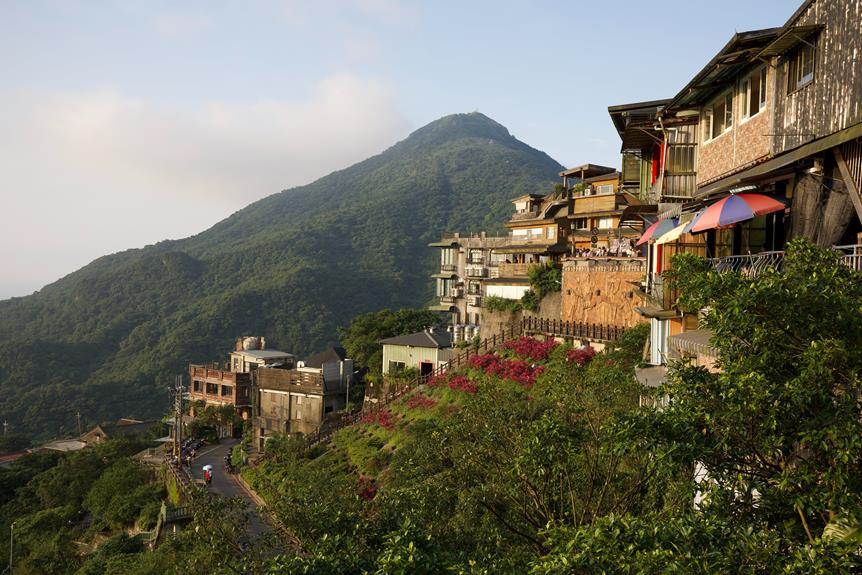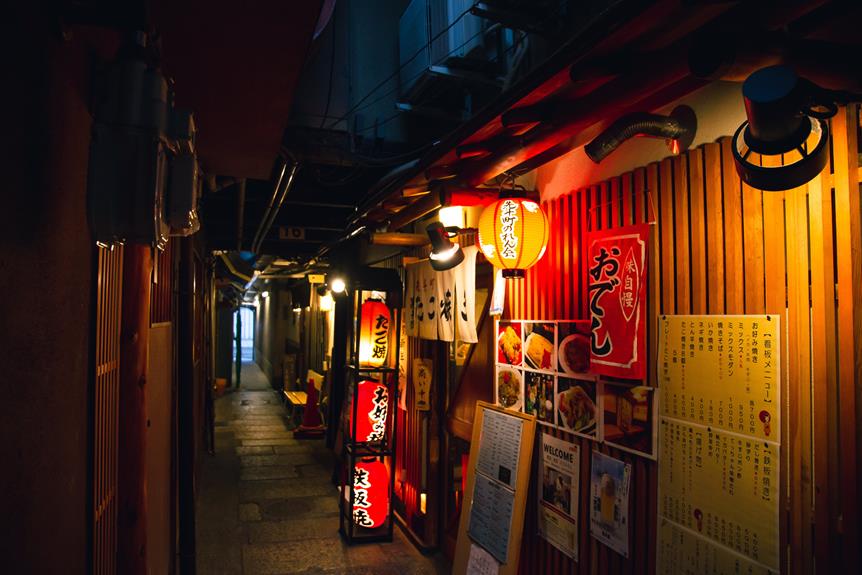Magura District, situated in the Khulna Division of Bangladesh, is a captivating land that intertwines the realms of poetry, politics, and education. With its strategic location and diverse population, this district holds a unique position within the region. Home to renowned educational institutions and esteemed literary figures, Magura District embodies a cultural richness that beckons exploration. As we delve into the captivating stories and achievements of this dynamic district, a deeper understanding of its captivating heritage awaits.
Administration
Magura District is efficiently administered through its division into four upazilas, namely Magura Sadar Upazila, Mohammadpur Upazila, Shalikha Upazila, and Sreepur Upazila. These upazilas play a crucial role in the governance and development of the district. The administration of Magura District is responsible for addressing various challenges, including population growth and the establishment of effective government institutions.
Population growth is an important factor that requires careful planning and management. The district has witnessed a steady increase in its population, posing challenges in terms of providing basic services and infrastructure to meet the needs of the growing population. The administration must devise strategies to ensure sustainable development and improve the quality of life for its residents.
Government institutions play a vital role in the administration of Magura District. These institutions are responsible for implementing policies, delivering public services, and ensuring the effective functioning of the administration. It is crucial for these institutions to be well-organized, transparent, and accountable to effectively address the needs and concerns of the people.
Geography
Situated in the Ganges Delta, Magura District in the Khulna Division of Bangladesh is characterized by its expansive flat plains and strategic location bordered by Rajbari, Jessore, Narail, Faridpur, and Jhenaidah districts. The district covers an area of 1,048.61 square kilometers and is known for its geographical features. The flat plains of Magura make it suitable for agricultural activities, with the fertile soil supporting the cultivation of crops such as rice, jute, and vegetables. The district also benefits from its proximity to the Ganges River, which provides a source of water for irrigation. In terms of natural resources, Magura is rich in clay, which is used for pottery and brick-making. These geographical features and natural resources contribute to the economic development and productivity of Magura District.
Demographics
With its expansive flat plains and strategic location bordered by several districts, Magura District in the Khulna Division of Bangladesh exhibits not only geographical significance but also a diverse range of demographics. According to the 2022 Census, the district has a population of 1,033,115, with 18.9% residing in urban areas. The population density is 990 people per square kilometer, reflecting a relatively high concentration of people in the region. The literacy rate in Magura District, for individuals aged 7 and over, stands at 72.1%, slightly lower than the national average of 74.7%. This suggests that while there is room for improvement, the district has made significant progress in education. The dominant religion in the district is Islam, with 82.01% of the population, followed by Hinduism at 17.92%.
Education
The educational landscape in Magura District showcases a range of institutions and opportunities for students to pursue their academic goals. The district is home to several educational institutions that contribute to the education system of the region. Government Huseyn Shaheed Suhrawardy College is one such institution located in Magura. Additionally, Arpara Government Ideal High School, Magura Govt. High School, Magura Govt. Girls High School, and Govt. H.S.S College are prominent educational institutions in the district. These institutions offer a variety of educational programs and courses to cater to the diverse needs of the students. They play a crucial role in shaping the minds of the youth and preparing them for future challenges. The presence of these educational institutions reflects the importance placed on education in Magura District.
Notable Residents
Magura District is home to a number of notable residents who have made significant contributions in the fields of poetry, politics, and public service. One such notable resident is Farrukh Ahmed, a renowned poet whose literary works have gained recognition both nationally and internationally. Another prominent figure is Amir Hamza, also a poet, who has contributed greatly to the world of literature. In the realm of politics, Shamsun Nahar Ahmed, a Member of Parliament, has played a crucial role in representing the district and advocating for the needs of its people. Additionally, Syed Ali Ahsan, a poet, has made significant cultural contributions through his literary works. These notable residents have left a lasting impact on both politics and literature, enriching the cultural landscape of Magura District.
Conclusion
In light of the notable residents and their contributions, it is evident that Magura District has flourished in the realms of poetry, politics, and public service, leaving a profound impact on its cultural and intellectual landscape. The impacts of poetry in Magura District can be seen through the works of renowned poets such as Farrukh Ahmed, Amir Hamza, and Syed Ali Ahsan. Their poetry has not only enriched the literary scene but also served as a source of inspiration for generations. Moreover, the role of politics in Magura's development cannot be underestimated. Leaders like Shamsun Nahar Ahmed and Mir Hasem Ali, through their political endeavors, have worked towards the betterment of the district, contributing to its growth and progress. Their dedication and service have played a pivotal role in shaping the socio-political fabric of Magura District.
Frequently Asked Questions
What Is the Historical Significance of Magura District?
The historical significance of Magura District lies in its rich cultural heritage and historical events. The district has witnessed various pivotal moments in history, shaping its identity. From the emergence of prominent poets and writers to the contributions of political leaders, Magura has played a significant role in Bangladesh's cultural and political landscape. This district's historical significance is deeply rooted in its connection to poetry, politics, and education, making it a land of immense cultural and intellectual importance.
What Are the Major Economic Activities in Magura District?
Major industries in Magura District include agriculture, textiles, and small-scale manufacturing. The district is known for its fertile agricultural land, with rice being the main crop grown. Other crops such as jute, wheat, and vegetables are also cultivated. The textile industry plays a significant role, with many small-scale garment factories operating in the district. Additionally, there are various small-scale manufacturing units producing goods like bricks, furniture, and handicrafts. These economic activities contribute to the district's overall development and employment opportunities.
Are There Any Tourist Attractions in Magura District?
There are several tourist attractions in Magura District that showcase the natural beauty of the region. Visitors can explore the serene landscapes, lush green fields, and picturesque villages. Additionally, the district is known for its unique local cuisine, which offers a variety of flavorful dishes. Tourists can indulge in traditional Bengali delicacies and experience the rich culinary heritage of the area. Overall, Magura District offers a delightful combination of natural beauty and culinary delights for tourists to enjoy.
What Is the Healthcare Infrastructure Like in Magura District?
The healthcare infrastructure in Magura District is limited, particularly in rural areas. Access to medical facilities and services is a challenge for the local population. The district lacks well-equipped hospitals and specialized healthcare centers, leading to a heavy reliance on nearby cities for advanced treatment. The scarcity of healthcare professionals also poses a significant problem. Efforts are being made to improve the situation, but there is a long way to go in ensuring adequate healthcare access for the people of Magura District.
Are There Any Famous Festivals or Cultural Events Celebrated in Magura District?
Magura District celebrates several famous festivals and cultural events that showcase its rich cultural heritage. These events include the Magura Shilpakala Festival, which highlights various forms of art and craft, and the Magura Folk Festival, featuring traditional folk music and dance performances. The district also hosts the Magura Book Fair, promoting literature and intellectual exchange. These festivals and events not only provide entertainment but also serve as platforms for preserving and promoting the cultural traditions of Magura District.





